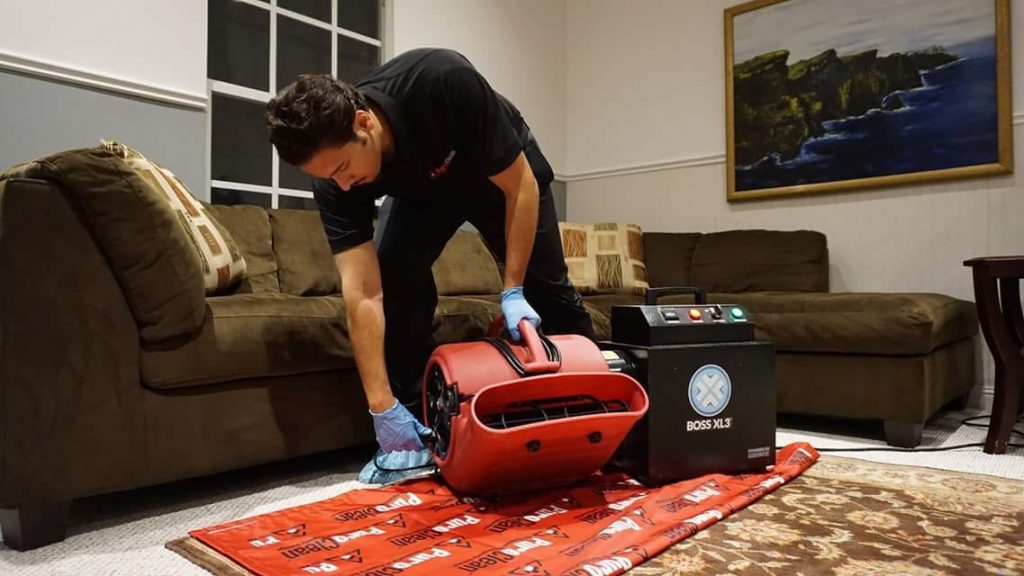Table of Contents

Experiencing property damage can be overwhelming, and dealing with insurance claims can add to the stress. Properly documenting damage is crucial for ensuring your insurance claims are processed smoothly and you receive the compensation you deserve. This comprehensive guide will walk you through the steps to effectively document damage for insurance claims, helping you navigate this challenging process with confidence.
Step-by-Step Guide to Documenting Damage
1. Safety First
Before you begin documenting damage, ensure the safety of yourself and others. If the property is unsafe to enter due to structural damage, fire, or flooding, wait for professional assessment and clearance before proceeding.
2. Contact Your Insurance Company
Notify your insurance company immediately after the damage occurs. They will provide guidance on the claims process and inform you about any specific documentation requirements. This early communication can also expedite the claims process.
3. Create a Detailed Inventory
List all damaged items, including their descriptions, purchase dates, and estimated values. This inventory will be a crucial part of your insurance claims. Be as detailed as possible to avoid discrepancies later on.
4. Take Photographs and Videos
Visual evidence is one of the most important aspects of documenting damage for insurance claims. Use your smartphone or a camera to capture clear, comprehensive photos and videos of all damage. Here are some tips for effective visual documentation:
- Wide-Angle Shots: Capture the overall scene to provide context.
- Close-Up Shots: Focus on specific damages, such as cracks, water stains, or charred items.
- Multiple Angles: Take photos from different angles to provide a complete view.
- Before and After: If possible, include photos of the property or items before the damage occurred for comparison.
5. Document Structural Damage
For structural damage, take detailed photos and notes. Pay attention to walls, ceilings, floors, and any other affected areas. Highlight any visible cracks, water intrusion, burn marks, or other signs of damage. This documentation will support your insurance claims for necessary repairs or replacements.
6. Record the Cause of Damage
If the damage is due to a specific event, such as a fire, flood, or storm, document the cause. Take photos or videos of the source, such as a broken pipe, damaged roof, or fire residue. This evidence can be crucial for substantiating your insurance claims.
7. Save Receipts and Invoices
Keep all receipts and invoices related to emergency repairs, temporary lodging, or other immediate expenses incurred due to the damage. These documents can be included in your insurance claims for reimbursement.
8. Get Professional Assessments
Consider hiring professionals like PuroClean for damage assessments and repair estimates. Contractors, electricians, plumbers, or other specialists can provide detailed reports and quotes that support your insurance claims. These assessments are particularly valuable for extensive or complex damage.
9. Keep a Written Record
Maintain a written record of all communications with your insurance company, including the dates, times, and names of representatives you speak with. Document any instructions or information provided during these interactions. This record can be useful if there are any disputes or misunderstandings during the claims process.
Organizing Your Documentation
Proper organization of your documentation is essential for a smooth claims process. Here’s how to organize your evidence effectively:
- Create Folders: Use digital folders to store photos, videos, receipts, and other documents. Label each folder clearly (e.g., “Living Room Damage,” “Kitchen Repairs”).
- Backup Files: Ensure you have backup copies of all digital files. Use cloud storage or an external hard drive to prevent loss.
- Printed Copies: Consider printing important documents and storing them in a physical file for easy access during meetings with insurance adjusters.
Filing Your Insurance Claim
When you are ready to file your insurance claim, follow these steps:
- Complete the Claim Form: Fill out the claim form provided by your insurance company. Provide accurate and detailed information.
- Submit Documentation: Attach all relevant documentation, including photos, videos, inventories, receipts, and professional assessments.
- Review Before Submission: Double-check all information and documentation for accuracy and completeness before submitting your claim.
Conclusion
Properly documenting damage is crucial for successful insurance claims. By following these steps and being thorough in your documentation, you can ensure that your insurance claims are processed efficiently, and you receive the compensation needed to restore your property. Remember, the more detailed and organized your documentation, the smoother the claims process will be. If you need a professional assistance, consider consulting with us and also reach out to us for property damage restoration services. Call us on +1 305 894-4343.



 PuroClean of Coral Gables
PuroClean of Coral Gables